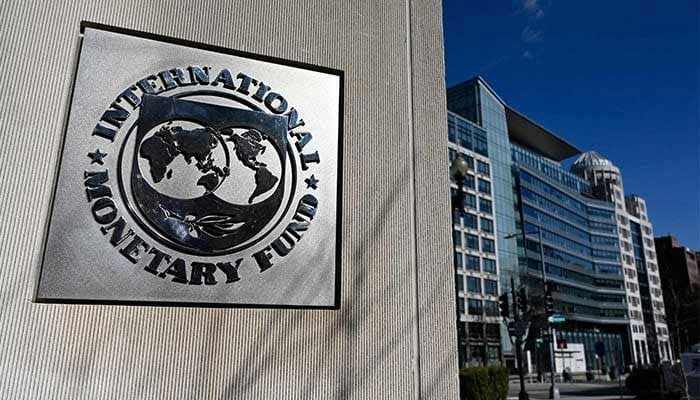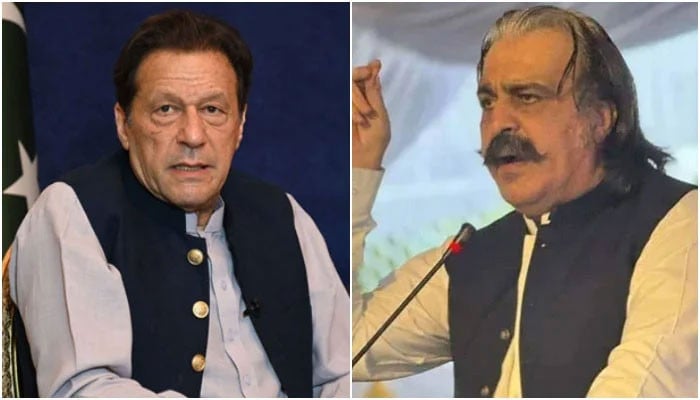- Suicide attack targeting security forces foiled in North Waziristan’s Mir Ali: state media Dawn
- 34 Militants Killed in K-P IBOs, says ISPR The Express Tribune
- Pakistan Army foils major militant infiltration in Mohmand Dunya News
- Mohsin Naqvi…
Category: 1. Pakistan
-
Suicide attack targeting security forces foiled in North Waziristan’s Mir Ali: state media – Dawn
-
Pakistan Finance Minister Says GDP Takes Hit From Deadly Floods – Bloomberg.com
- Pakistan Finance Minister Says GDP Takes Hit From Deadly Floods Bloomberg.com
- Pakistan – Situation Report 1: Monsoon Floods, Intersector Coordination Group – 10 October 2025 OCHA
- Photos: Shia Ulema Council of Pakistan Delivers Flood Relief to…
Continue Reading
-
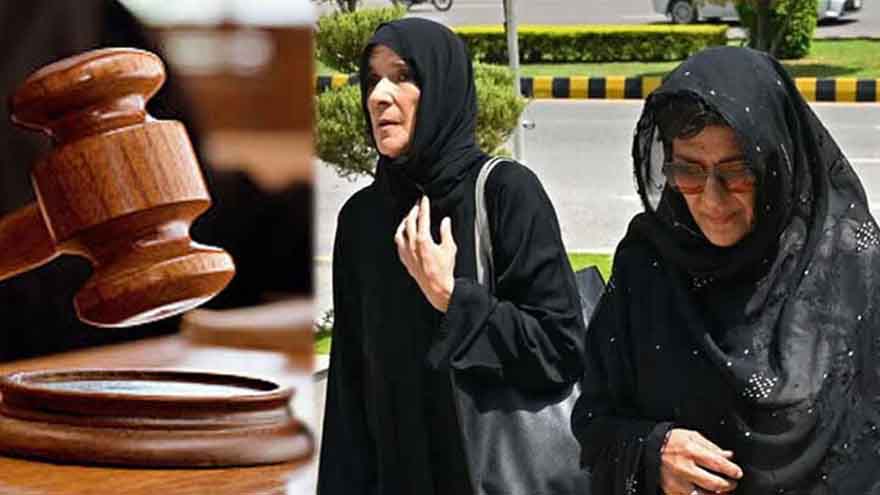
ATC extends interim bail of Imran Khan’s sisters in Oct 5 protest case
LAHORE (Dunya News) – The Anti-Terrorism Court (ATC) on Friday extended the interim bail of PTI founder Imran Khan’s sisters in the October 5 protest case.
The duty judge of the Lahore ATC heard the interim bail…
Continue Reading
-
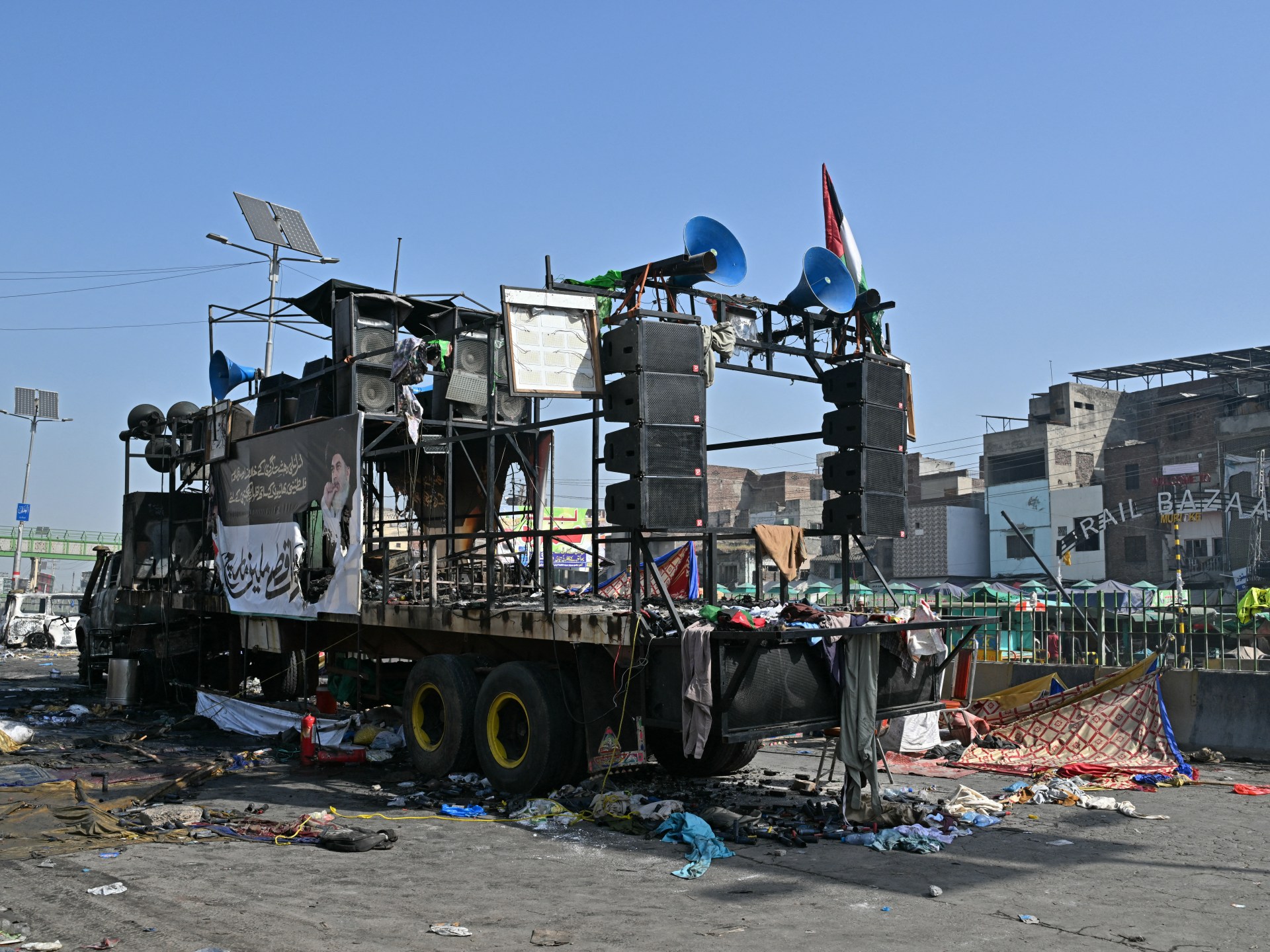
What’s behind Pakistan’s latest crackdown on religious party TLP? | Protests News
Islamabad, Pakistan – The provincial government of Punjab, Pakistan’s most populous province, is seeking federal approval to ban the far-right religious party Tehreek-e-Labbaik Pakistan (TLP) amid a violent crackdown on the group’s…
Continue Reading
-
Dry weather expected in most parts of country – RADIO PAKISTAN
- Dry weather expected in most parts of country RADIO PAKISTAN
- Pakistan may witness ‘coldest winter in decades’ dawn.com
- PMD dismisses claims of extreme winter The Express Tribune
- ‘Scientifically unfounded’: PMD rebuts claims of extremely…
Continue Reading
-
PM Shehbaz wants Kabul to blink first amid back-channel push – Dawn
- PM Shehbaz wants Kabul to blink first amid back-channel push Dawn
- Pakistan ready for talks with Afghanistan, but only on ‘legitimate’ and ‘respectful conditions’: PM Sharif The Hindu
- Critical Pakistan-Taliban Talks Kick Off In Doha Today…
Continue Reading
-
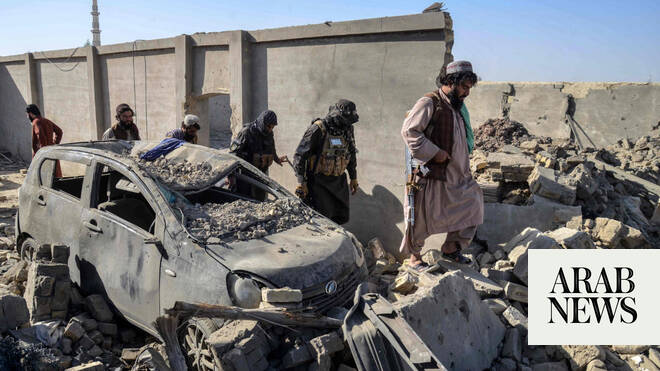
Afghanistan’s Taliban government blames Pakistan for twin drone strikes on Kabul
Ex-Trump national security adviser Bolton charged with storing and sharing classified information
Bolton is now the third Trump adversary prosecuted in the last…Continue Reading

